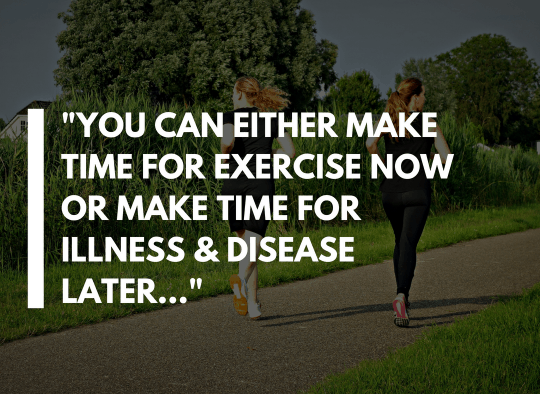
Cardiac disease, or cardiovascular disease (CVD), is the single biggest leading cause of death of Australians every year. And by a lot! Nearly 30% of all deaths last year were attributed to CVD (ABS, 2017). The stark reality is when you die, chances are it will be due to a heart related disease. Don’t worry, I’m going to tell you all about what you can do to keep your heart healthy! But first, a little about CVD…
CVD is an umbrella term for a variety of heart and blood vessel related conditions such as:
Funnily enough, exercise is one of the best things you can do if you have CVD.
exercise is one of the best things you can do if you have cardiovascular disease
People may think that doing exercise when you have cardiac disease is unsafe and is going to place excessive strain on the heart. However, this is far from the truth for the vast majority. The benefits of exercising with cardiac disease include:
If you have recently had heart surgery, a heart attack, or experience chest pain/pressure or shortness of breath when exercising, you should ALWAYS consult a medical professional before beginning an exercise program to ensure you are safe.
Exercising at the right intensity and for enough time is going to make the heart beat faster than it does at rest. When done consistently over a period of weeks/months/years the heart adapts and becomes stronger and more efficient at pumping blood to the working muscles. This equates to a happier, healthier heart that doesn’t have to work overtime at it’s job. An unexercised heart is like working OT every day with no days off. When you exercise it well, it has a cruisy day at work and might even get to home early if it’s boss is in a good mood ;P
So, how much exercise do we need to do to benefit our heart? The National Heart Foundation of Australia currently recommends for those with well-compensated, clinically stable CVD is to build up to 30 minutes of exercise that makes you puff, in bouts of at least 10 minutes, on most, if not, all days of the week. The more you can build up to, the greater the benefits you will reap.
Additionally, resistance exercises with body weight, resistance bands or hand weights performed on at least 2 days per week can also add additional benefit. See my previous post on the benefits of strength training here.
In summary, exercise is a safe and effective way of managing cardiac disease and keeping you happier, able to do the things you want to, and healthier for longer! A good quote I heard recently was
“you can either make time for exercise now or make time for illness and disease later”
The hardest part is always getting started, but we can always help you with that and then once exercise becomes part of your life it is so much easier to keep going!
Nathan Duguid is a physiotherapist working with our Jordan Springs team.